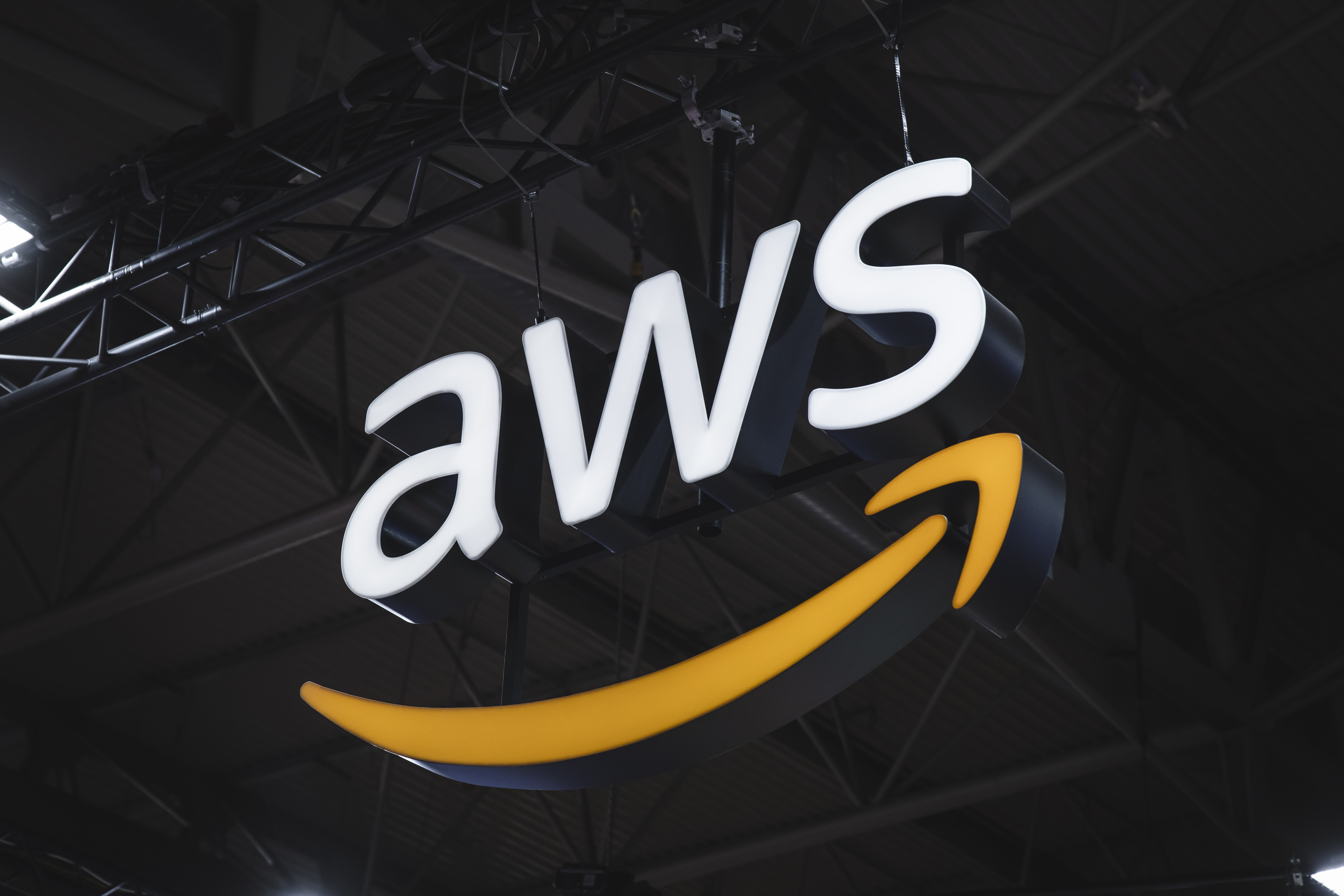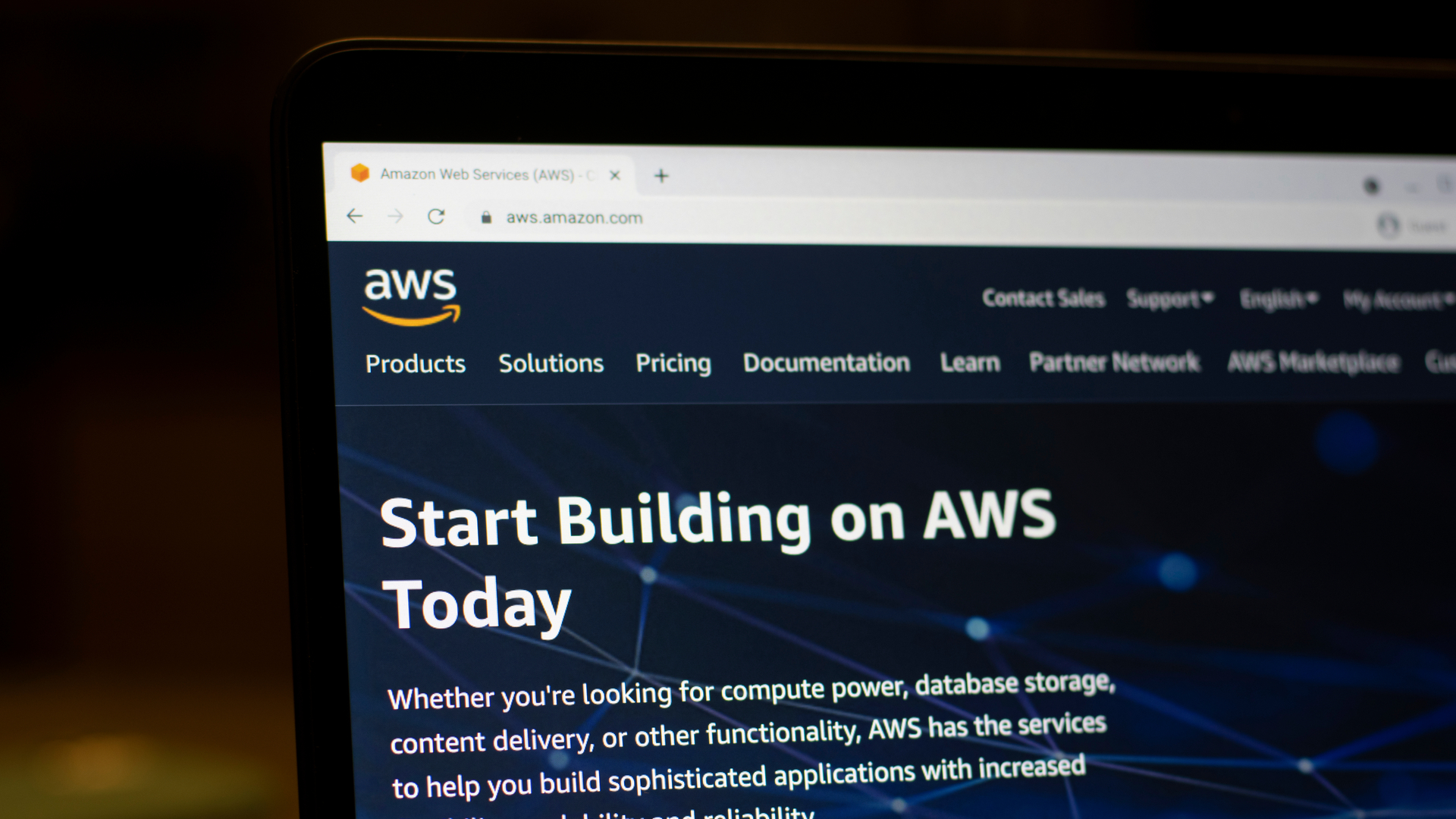AWS launches its second Top Secret region
The new region offers multiple availability zones geographically distinct from AWS Top Secret-East

Amazon Web Services (AWS) has launched its second Top Secret region: AWS Top Secret-West.
The new region, licensed to operate workloads classified as Top Secret under US security classification, adds several availability zones that are geographically separate from AWS Top Secret-East.
Together, the two Top Secret regions enable the defense, intelligence, and national security communities of the US to deploy multi-region architectures that assure maximum availability and resilience to national security missions.
Through availability zones, customers can run their applications and databases at ultra-low latency much more reliably than with a single data center. AWS also supports replicating data synchronously to a different Availability Zone within the same Region, or asynchronously to a different Region.
Commenting on security, AWS said its latest Top Secret region adheres to the Director of National Intelligence (DNI), Intelligence Community Directive (ICD 503), and National Institute of Standards and Technology (NIST) Special Publication (SP) 800-53 Revision 4.
The firm is the first commercial cloud provider accredited to handle government workloads across the full spectrum of US government data, including Unclassified, Sensitive, Secret, and Top Secret.
RELATED RESOURCE

Protecting every edge to make hackers’ jobs harder, not yours
How to support and secure hybrid architectures
“In 2011, we launched AWS GovCloud (US-West), making AWS the first cloud provider to build cloud infrastructure designed to meet US government security and compliance needs,” said AWS in a blog post.
Get the ITPro daily newsletter
Sign up today and you will receive a free copy of our Future Focus 2025 report - the leading guidance on AI, cybersecurity and other IT challenges as per 700+ senior executives
“In 2014, we launched our first Top Secret region, AWS Top Secret-East, which was the first air-gapped commercial cloud accredited to support classified workloads. In 2017, we launched the AWS Secret Region.
"Today, with the launch of AWS Top Secret-West, we continue our support for mission workloads that span the full range of US government classifications."
-
 Bigger salaries, more burnout: Is the CISO role in crisis?
Bigger salaries, more burnout: Is the CISO role in crisis?In-depth CISOs are more stressed than ever before – but why is this and what can be done?
By Kate O'Flaherty Published
-
 Cheap cyber crime kits can be bought on the dark web for less than $25
Cheap cyber crime kits can be bought on the dark web for less than $25News Research from NordVPN shows phishing kits are now widely available on the dark web and via messaging apps like Telegram, and are often selling for less than $25.
By Emma Woollacott Published
-
 AWS' $13 billion India expansion shows why South Asia is next cloud hotspot
AWS' $13 billion India expansion shows why South Asia is next cloud hotspotAnalysis The big three hyperscalers view India as a prime market for expansion in light of recent growth
By Ross Kelly Published
-
 Cloud earnings show ‘slowdown’ still not out of the question
Cloud earnings show ‘slowdown’ still not out of the questionNews Earnings calls from Microsoft and Google show there’s still some gas in the tank for cloud providers
By Ross Kelly Published
-
 What is AWS EC2?
What is AWS EC2?In-depth Released in 2006, the iconic cloud service offers developers secure and scalable computing capacity
By Debabrata Deb Published
-
 AWS wins Adidas contract to host its SAP workloads
AWS wins Adidas contract to host its SAP workloadsNews The sports clothing firm says the deal will help create a more sophisticated system for managing supply and demand
By Praharsha Anand Published
-
 UK spy agencies supercharge espionage efforts with AWS data deal
UK spy agencies supercharge espionage efforts with AWS data dealNews GCHQ, MI6, and MI5 will reportedly benefit from AWS' data analytics and AI features in landmark cloud deal
By Connor Jones Published
-
 AWS to launch cloud services reseller in Australia
AWS to launch cloud services reseller in AustraliaNews AWS Australia will allow customers in the region to buy services locally for the first time
By Zach Marzouk Published
-
 AWS to expand Trust and Safety team amid fight against harmful content
AWS to expand Trust and Safety team amid fight against harmful contentNews Amazon has denied Reuters' reports of changing "policies or processes"
By Sabina Weston Published
-
 Amazon to retire iconic EC2-Classic network
Amazon to retire iconic EC2-Classic networkNews Customers will have until 2022 to migrate from the 15-year-old network to VPC
By Keumars Afifi-Sabet Published